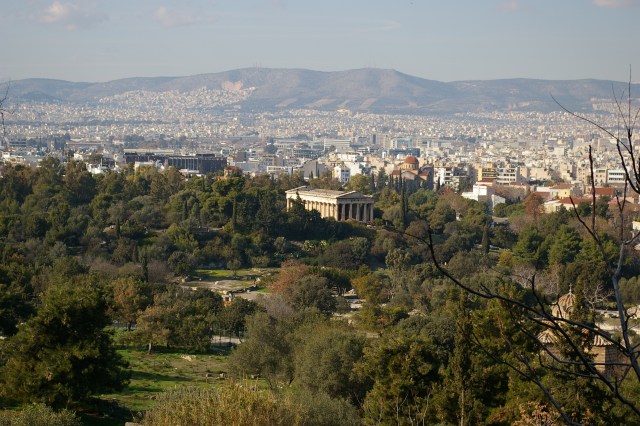There are many reasons to visit the section of Cairo known as Coptic Cairo and seeing the ancient Babylon Fortress is certainly one of them. The fortress originally sat on the banks of the Nile, long before the dams in Aswan were built to control the water levels of the river. At the time that it was constructed, some time around 500 BC, it served as the boundary between Lower and Middle Egypt and was the location where boats paid tolls to either ascend or descend the Nile.


The entire Babylon Fortress Complex includes many historic sites, including the Church of St. George, Hanging Church, Abu Serga Church (officially known as Saints Sergius and Bacchus Church as well as the Cavern Church), and the Hanging Church (St. Virgin Mary’s Coptic Orthodox Church). Coptic Cairo is part of the area known as Old Cairo and has many historic sites to see as well as one of the best markets (bazaars) in Cairo called Khan el-Khalili. There is very little left of the fortress itself, but what is there is quite fascinating to see.


We took a tour of Coptic Cairo and we’d definitely recommend visiting the area with a knowledgeable guide that can explain the history of the area. From being the location where baby Moses was reported to have been found, the location where Joseph, Mary, and Jesus stayed toward the end of their time in Egypt, and Roman occupation, the history is as old as civilization itself.







































